Best sports DSLRs: 6 tested
The best affordable cameras for action shots
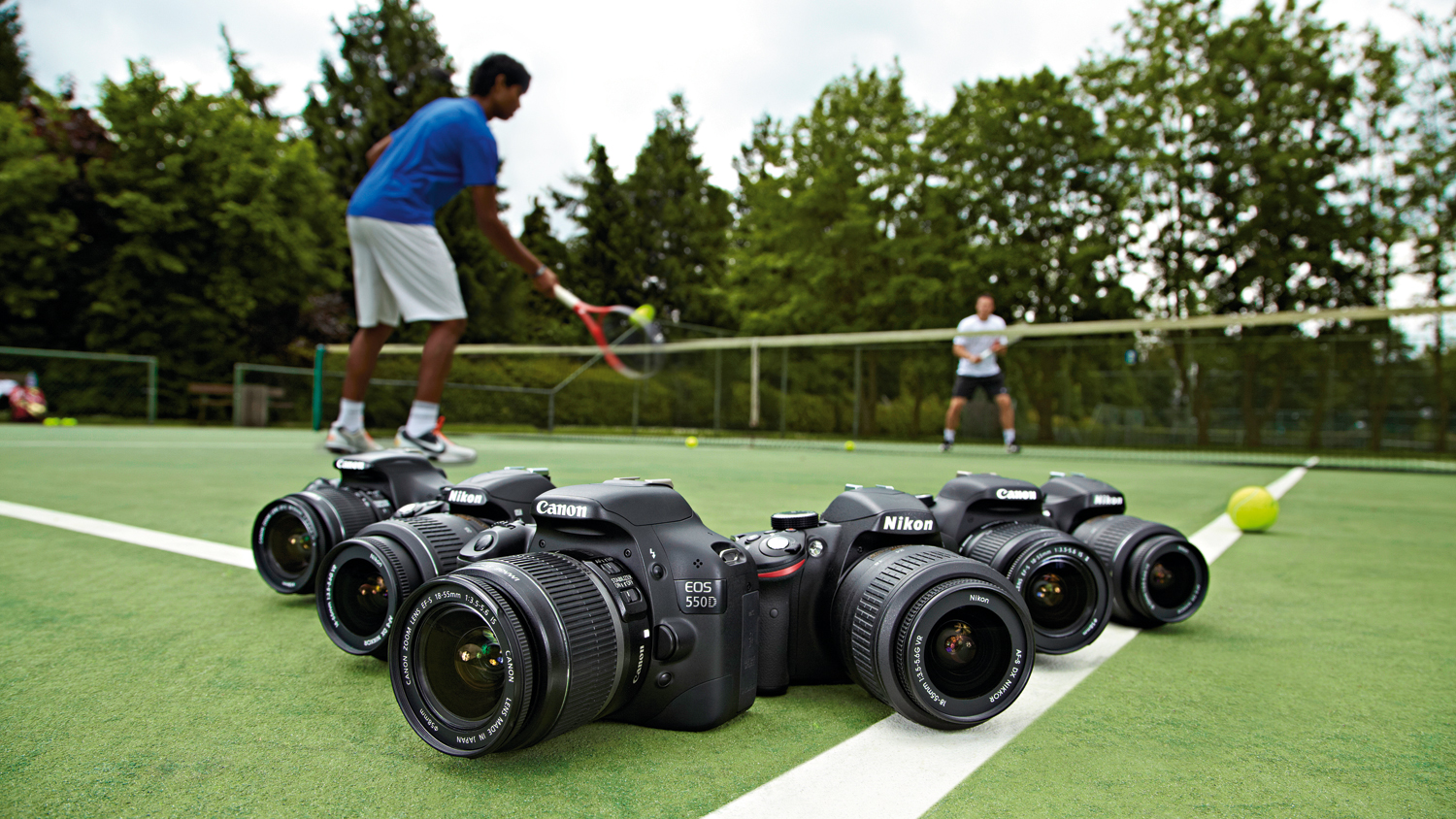
Whether it's football, athletics, cricket, tennis, rugby, motor racing, family fun at the local park or something else, there's always some sort of sport to shoot.
Compared with compact cameras and compact system cameras (CSCs), the optical viewfinder of a DSLR gives you a real-time, unadulterated view of the sporting action right through the lens. There's no flickering electronic viewfinder with a finite refresh rate, so panning with a DSLR (to enhance movement) is smooth.
Unlike the vast majority of compact cameras, the manual zoom rings of DSLR lenses make it much faster and easier to set exactly the focal length you want. Under the bonnet, the phase-detection autofocus systems of DSLRs tend to be faster and more accurate than a compact camera's or CSC's contrast-detection system.
This is especially true when tracking people or objects in continuous autofocus mode, and in dull lighting conditions.
What price quality?
We've all seen pro photographers at sporting events, touting a camera and telephoto lens combination that probably costs around £10,000/$13,000. Indeed, the latest fully pro-spec bodies often cost £5,000/$7,000 on their own, so what can you expect for just £500/$650? As it turns out, quite a lot.
If you've got a budget digital SLR that's a few years old, a new budget body is likely to give you much greater image resolution. You can also expect faster image processing, which often helps to deliver a faster continuous shooting rate, which is essential.
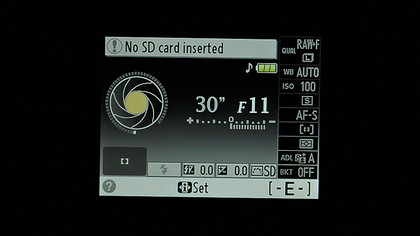
You'll enjoy better all-round image quality too, especially when it comes to low-noise performance at high ISO settings. For both drive rates and sensitivity, it comes down to speed.
To capture the defining moment in any sporting event, it's often best to shoot a series of images in rapid succession. But just how rapid are these budget DSLRs? The Canon EOS 1100D and Nikon D3100 are the slowest in the group with a maximum drive rate of 3fps (frames per second).
However, the Canon EOS 1100D drops further still, to just 2fps, if you switch to raw quality mode instead of shooting JPEGs. Switch to raw+JPEG mode and the 1100D limps along at a horribly pedestrian 0.8fps.
The Nikon D3200 and D5100 have the joint fastest maximum drive rates of 4fps, while both the Canon EOS 550D and Canon EOS 600D aren't far behind, at 3.7fps.
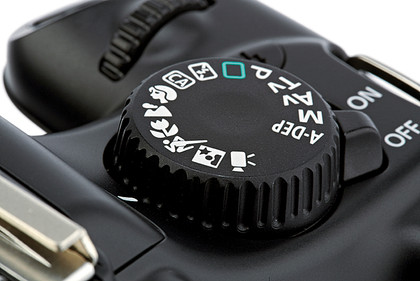
With a fast memory card, you can expect to keep shooting with most of these cameras at their maximum drive rate for around 100 shots, although the Nikon D3200 slows down after about 40 shots. At least, that's the case if you're shooting in JPEG mode.
In raw mode, you're likely to clog up any of the cameras' internal memory buffers much faster. There's space for five or six raw files in the Canon buffers, and between 13 and 18 in the Nikons'.
The speed of image processing and writing data to the memory card can vary considerably between cameras.
For example, we found that with a fast SanDisk Extreme Pro SDHC card, the Nikon D3200 has significantly faster write speeds than the D5100, writing a full buffer's worth of raw files to the card in just 15 seconds, compared with the D5100's 25 seconds. That's no mean feat, considering that the D3200's buffer is also larger than that of the D5100.
Go-faster sensitivity
There are plenty of optically stabilised lenses available for Canon and Nikon DSLRs. That's good news for fending off camera-shake, especially when shooting with a telephoto zoom lens. However, no amount of stabilisation can help you to freeze the action in a sports shot.
The only way to do this is to use a fast shutter speed, which is no problem outdoors on a sunny day. When it's overcast, and even more so in indoor arenas, you'll need to increase the camera's sensitivity to enable fast shutter speeds.
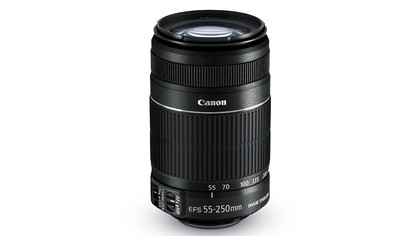
We used to consider ISO 800 film pretty 'fast', but the latest digital SLRs can deliver decent image quality even at super-high sensitivity settings of ISO 3200 and above. This is testament to how far DSLRs have come, and will enable you to shoot in a whole range of challenging situations.
All the cameras here but the Nikon D3100 stretch to ISO 6400 in their standard sensitivity ranges, and all but the Canon EOS 1100D offer extended sensitivity settings equivalent to ISO 12800 (and ISO 25600 for the Nikon D51200).
Image quality tends to look grainy and lacks fine detail at expanded ISO settings, but at least you should be assured of a sharp shot even in very low lighting conditions, which is better than not getting the shot at all.
The bigger picture
Those sensors with a much higher resolution enable you to crop images more tightly and still end up with shots that are big enough for printing. Nikon lists this an advantage of the D3200, with its class-leading 24.2MP sensor.
In practical terms, however, this resolution doesn't enable prints to be made much bigger than, say, the 18MP Canon EOS 550D and 600D. Even so, when you consider that you only need a 3MP image for a full A4 (around US letter) photo print, cropping can often reduce the need to use a longer telephoto lens.
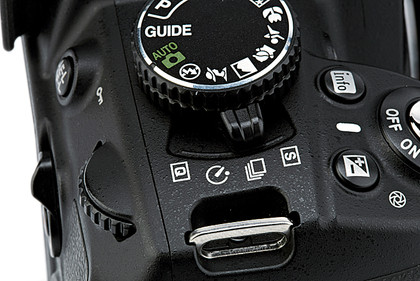
Tight cropping doesn't come without its drawbacks, though. When you're only using a small section of an image, it puts enormous demands on the quality of the lens, especially in terms of sharpness and colour fringing, even though current Nikon DSLRs feature automatic correction for the latter.
Another potential risk of image sensors that have very high resolutions is an increase in image noise, especially when using high ISO settings in low-light conditions. The physical dimensions of the sensor are the same, so higher resolutions demand placing more pixels in the same overall area.
Individual pixels are therefore smaller and gather less light, making image noise more of a problem. When you crop in very tight to use only a small part of the image, noise can be all the more noticeable.
Get daily insight, inspiration and deals in your inbox
Sign up for breaking news, reviews, opinion, top tech deals, and more.